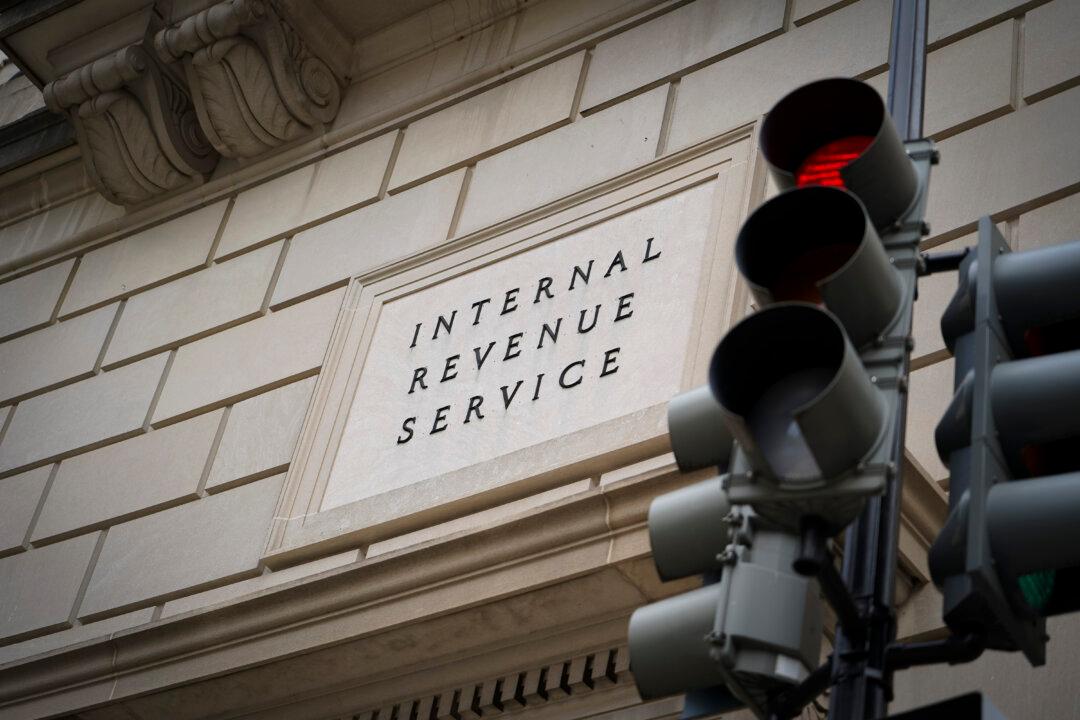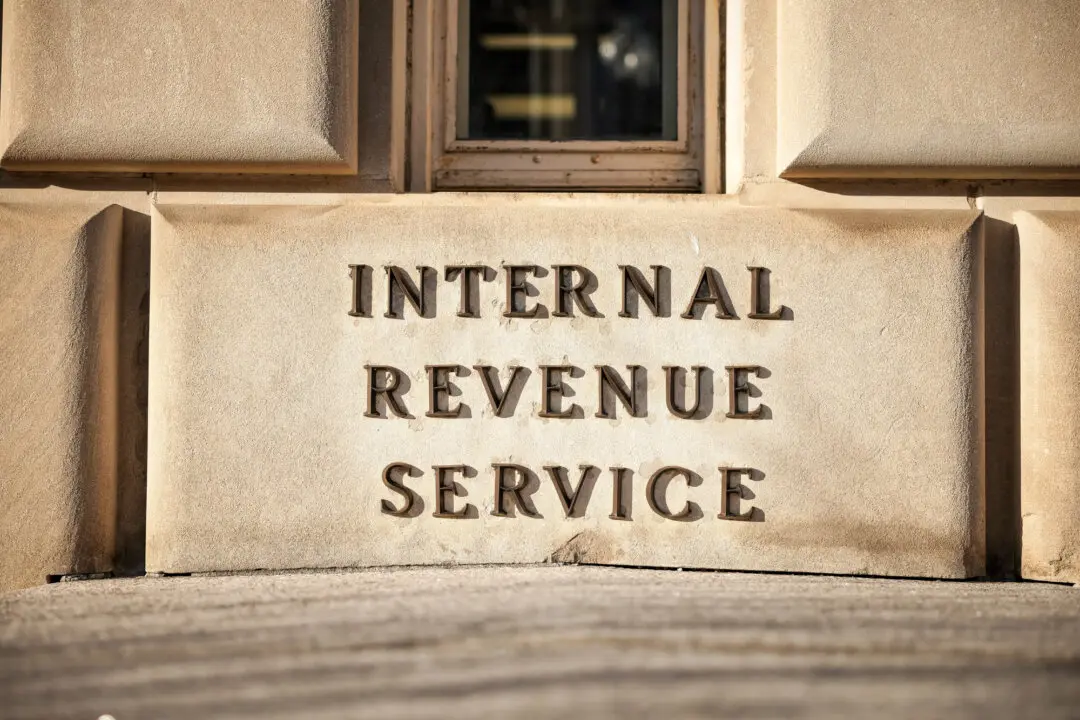A watchdog report alleges that IRS surveys on the agency’s planned e-file system deliberately misled taxpayers about direct state tax e-filing and significantly underestimated implementation costs by billions of dollars.
An audit carried out by the Treasury Inspector General for Tax Administration (TIGTA) sought to gauge the IRS’s compliance with a provision of the Inflation Reduction Act (IRA) that required the tax agency to set up a task force to design an IRS-run system for free, direct electronic filing (e-filing) of tax returns.





